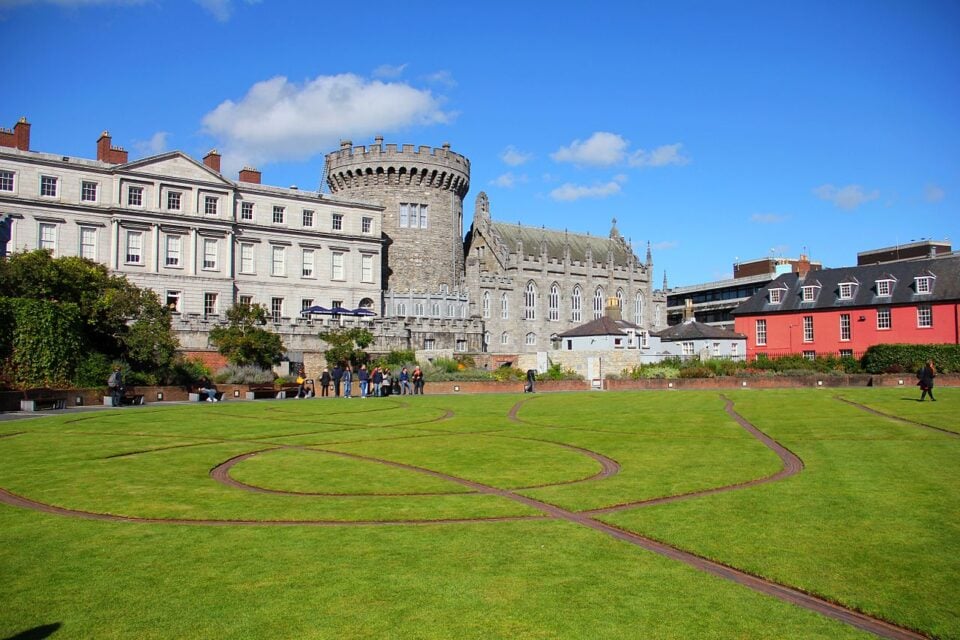Dublin Castle is a central attraction in Ireland and one of the few places of national importance where the average tourist can visit. It is located in the historic center of Dublin and has graced the ancient city for over 900 years.
The main government building complex was built in 1204 as a defensive fortress. During the Middle Ages, Dublin Castle became the main outpost of Britain in Ireland – until 1922, English monarchs and deputies of kings lived here, state meetings and solemn ceremonies were held, parliaments and courts were located.
Interesting fact! Of the entire complex, built in Dublin in the 13th century, only the Record Tower has survived to this day. The remaining parts of the castle were built of wood and burned down in a fire in 1678.
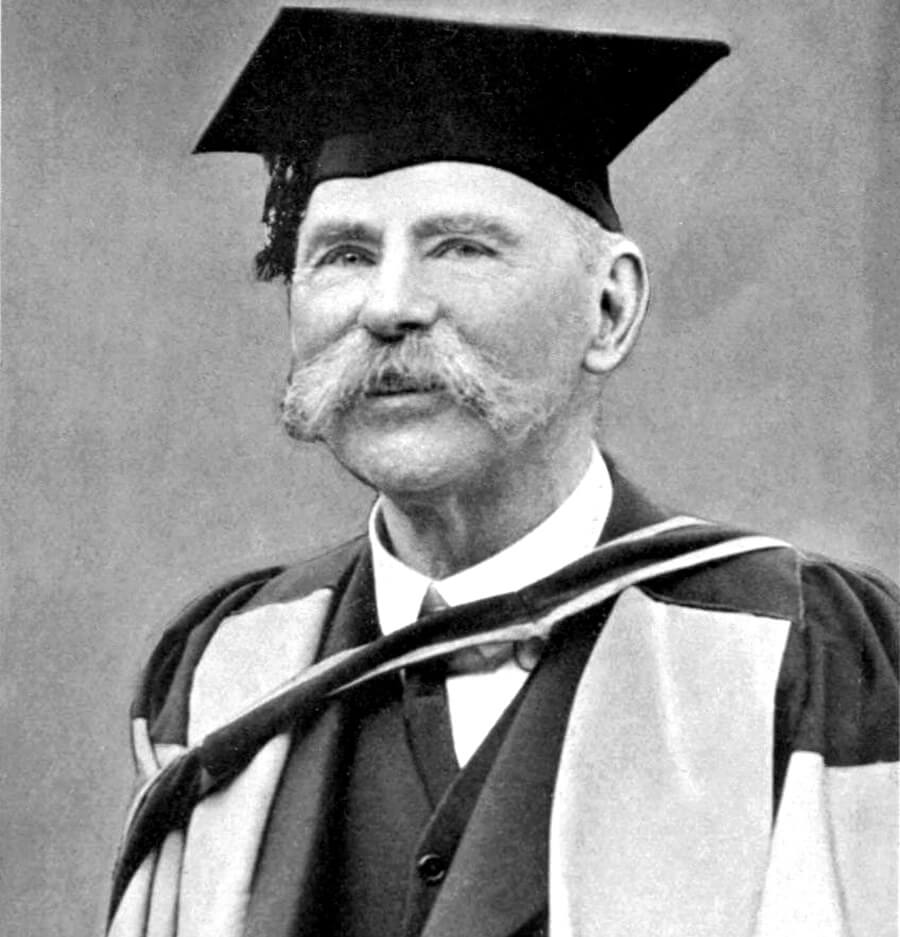
In the 1930s, when Ireland gained independence, the castle was handed over to the country’s first official government, led by Michael Collins. A little later, the inauguration of the presidents of Ireland was held here, and in 1938 Dublin Castle became the residence of one of them – Hyde Douglas. Since then, the Dublin defense complex has become a venue for summits and interstate meetings, receptions of foreign delegations, and solemn events.
Today, Dublin Castle is one of Ireland’s most popular tourist attractions. Here, in the royal chapel, there is an art center, exhibitions and concerts are regularly held in the dungeon, unique old printed books are kept in the library, and old exhibits of Oriental origin are kept in the museum.
What’s so interesting about Ireland’s Dublin Castle? How much does the entrance cost and when is the best time to arrive? All detailed information about Dublin’s main attraction and useful tips before visiting can be found in this article.
Castle structure
State apartments
This part of the castle is specially designed for those who like history, vintage interiors and beautiful art objects. Initially, the state apartments were used as the residence of the Vice-president and other executive officials, but today there are meetings of EU representatives in Dublin, meetings of the Irish Parliament and the inauguration of rulers.
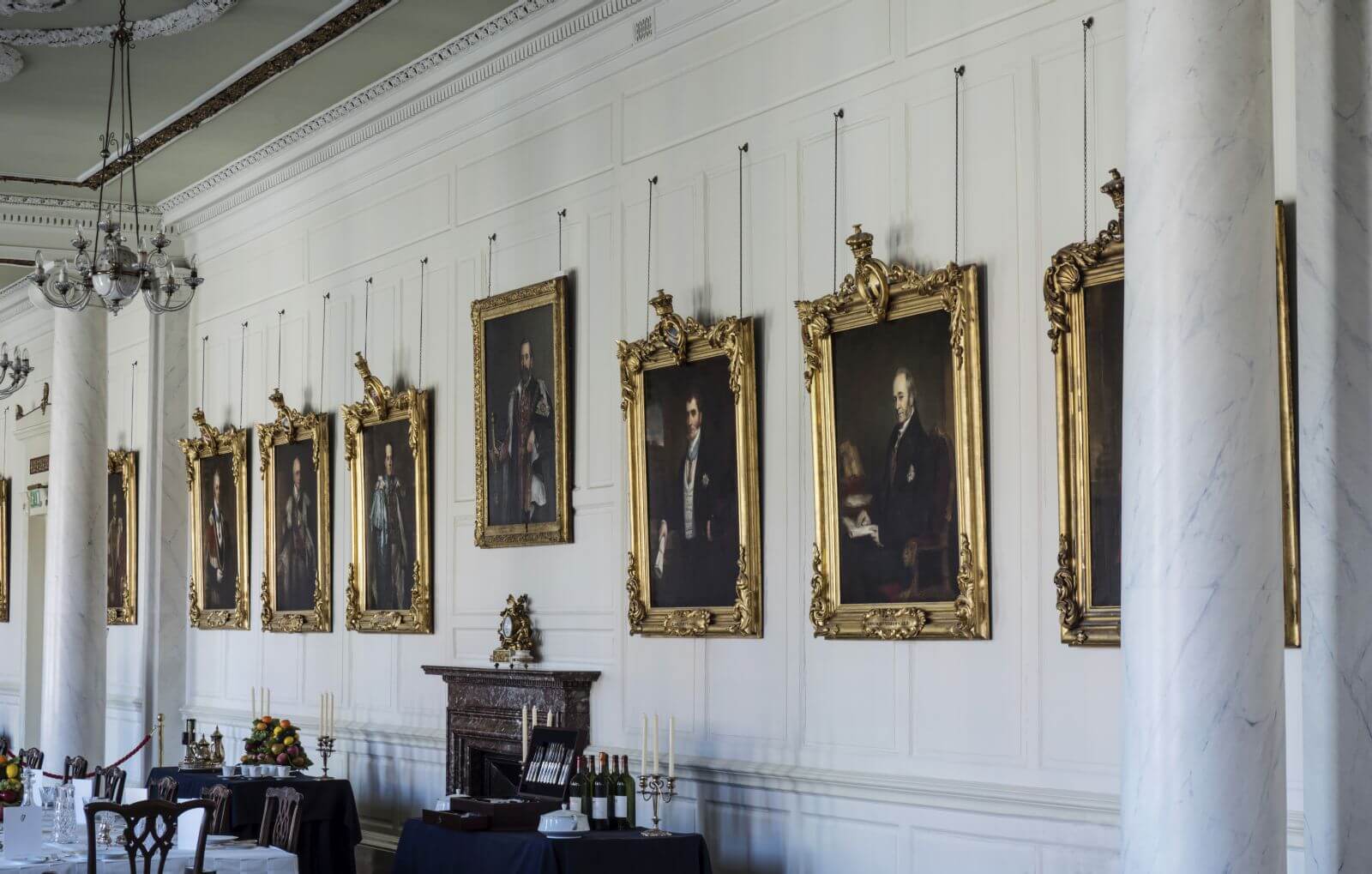
A tip! The State Apartments are the only part of Dublin Castle that can be visited from the comfort of your home. See what’s inside on the official site of the attraction www.dublincastle.ie/the-state-apartments/.
The State apartments include 9 rooms, each dedicated to a specific theme or period in the history of Dublin and Ireland:
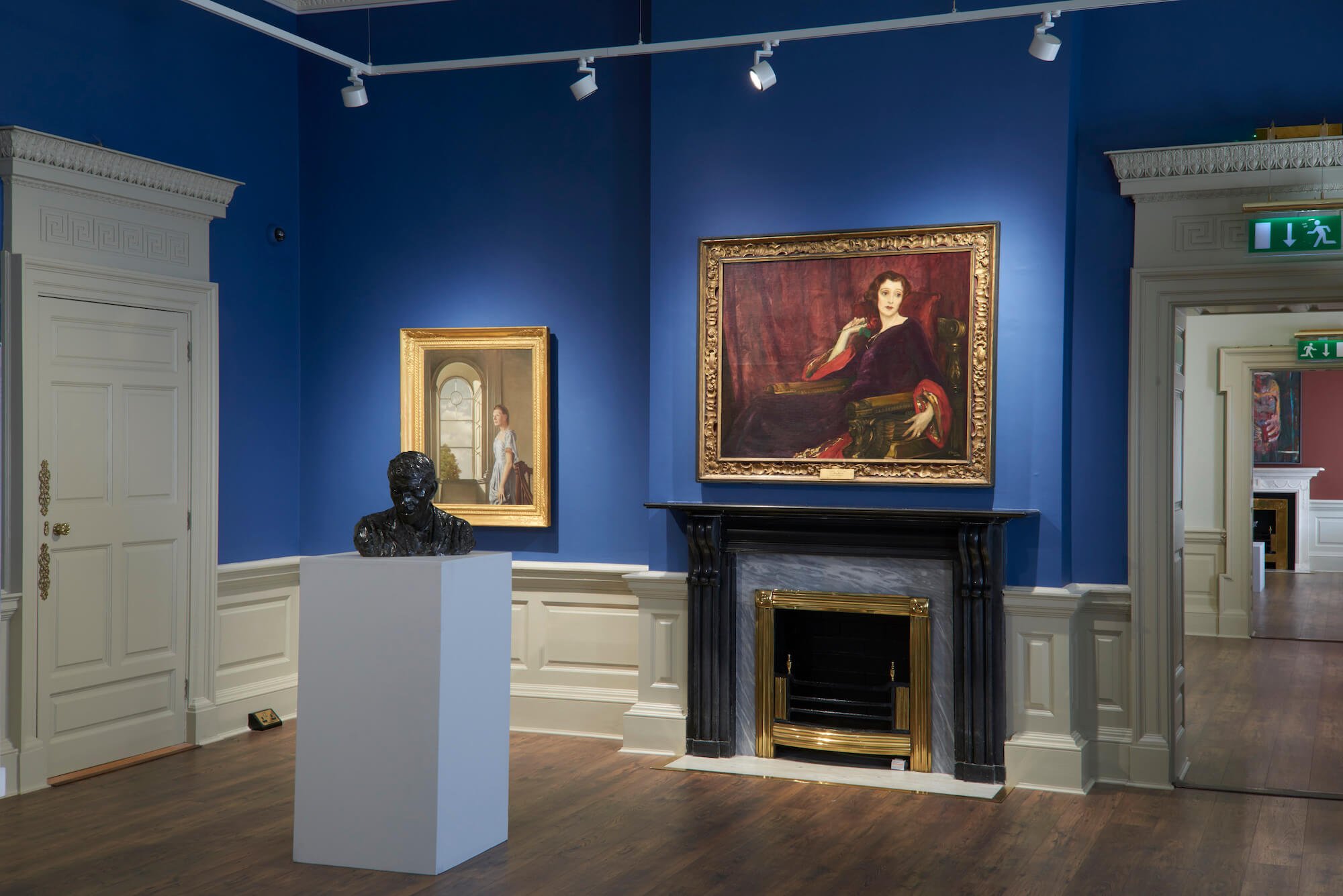
- The State Apartments Galleries – exquisite rooms where the Vice President and his family lived;
- The James Connolly Room – during the First World War, Dublin Military Hospital was located here. James Connolly, one of the participants in the Irish Easter Rising of 1916, was also treated here.;
- The Apollo Room – the unique ceiling of this room can be viewed for several hours;
- The State Drawing Room-the living room of the vice presidents ‘ wives was used to receive important guests. Today in this part of the castle you can see a large collection of old paintings and portraits of the ruling families of Ireland;
- The Throne Room-this is where the receptions of the British monarchs were held;
- The Portrait Gallery contains over 20 portraits painted in the 17th and 18th centuries. It used to be used as a dining room;
- The Wedgwood Room – an old billiard hall where representatives of the Irish nobility spent their free time;
- The Gothic Room – the castle’s only round room in the Gothic style was built for private dinners. Its walls are decorated with a collection of religious and mythological paintings from the 18th century.
- St Patrick’s Hall is the largest ceremonial hall in Ireland. For many years it was a meeting place for representatives of the Order of Knights, and for more than a hundred years it has been used for holding interstate meetings and presidential inaugurations.
Viking Dungeon
A 20th-century excavation under Dublin Castle has uncovered a whole system of fortifications built by Vikings almost 1,000 years ago. Only the ruins of the 13th-century powder tower, the remains of the medieval castle and its main gate, and many moats have survived to this day. Guided tours are available here.
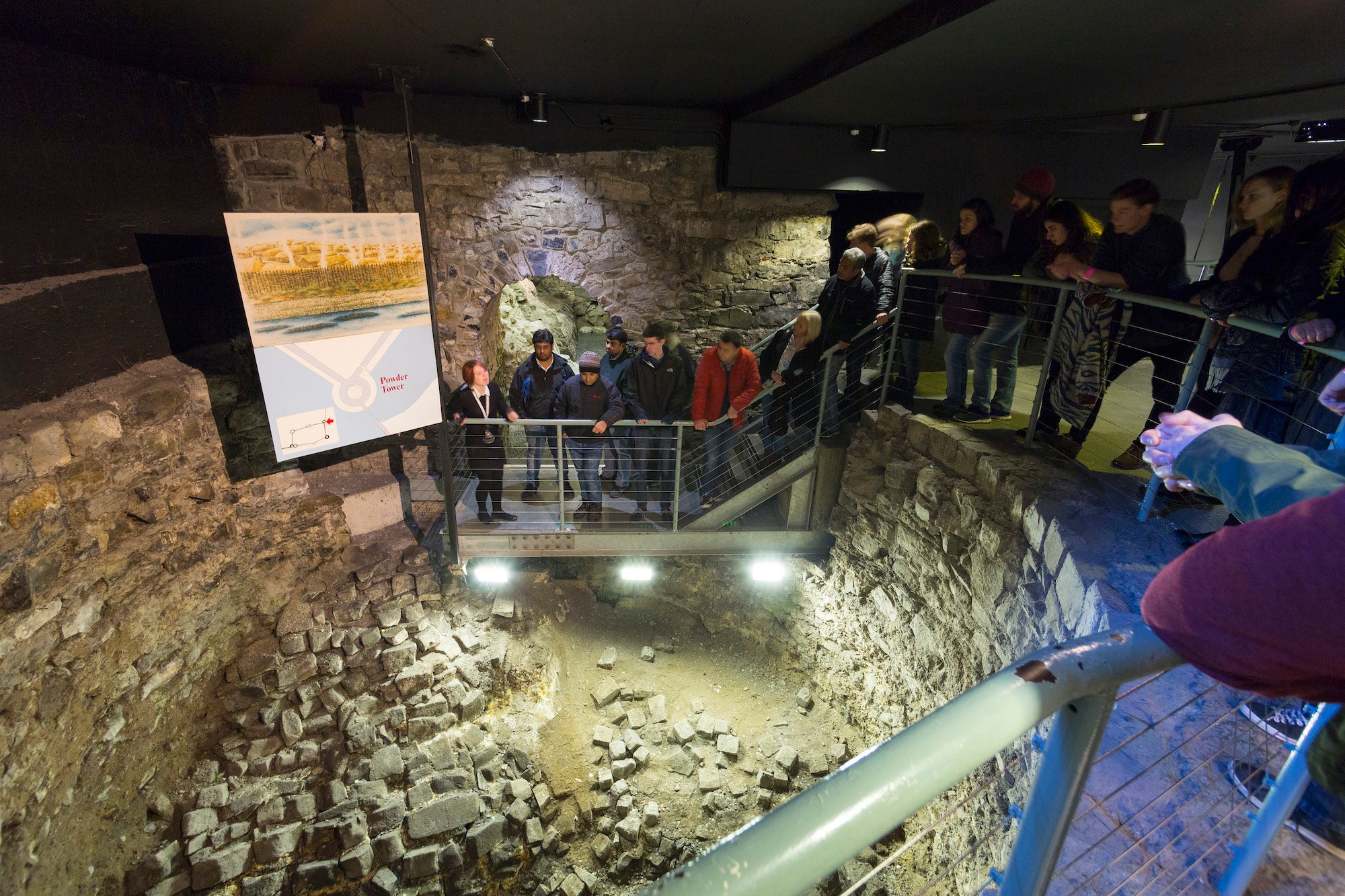
Is it worth it? If your time is limited, leave your dungeon visits “for dessert”. All that remains of the ancient structures is a pile of rubble, and while it will be fascinating to listen to their history, you can spend more time in other parts of Dublin Castle.
Cashel Castle-an iconic landmark in Ireland
Tower of Records
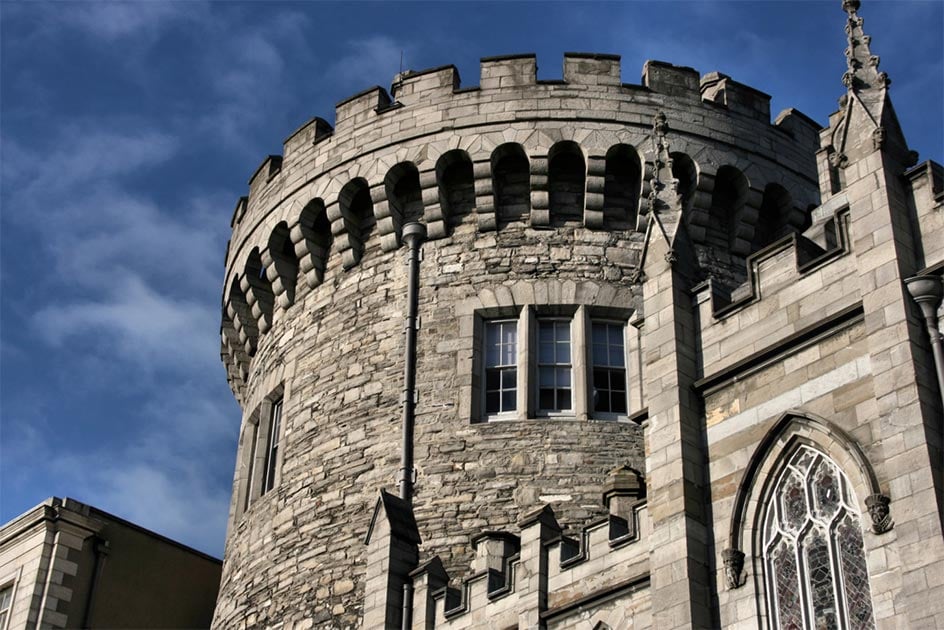
Built in 1230, the tower is the only part of the old Dublin Castle that has survived to this day. Its walls are 4 meters thick and 14 meters high.
Throughout its history, the tower has been used for various purposes:
- Initially, the armor and clothing of knights were stored here, in one of the parts there was the treasury and wardrobe of the royal family;
- Since the 15th century, the tower has been a prison for criminals;
- In the 17th century, it was renamed The Gunner’s Tower( shooting tower), where the security headquarters were located;
- From 1811 to 1989, it served as the state archive and treasury.
Please note! At the moment, you can not enter the tower – it is closed for major restoration.
Royal Chapel
The first chapel on this site was built in 1242, but was destroyed in the 17th century. It was restored by 1814, and it gained its popularity as a result of the visit of the British King George IV. In the mid-20th century, the chapel became a Roman Catholic church in Dublin, but today it serves as a simple landmark.
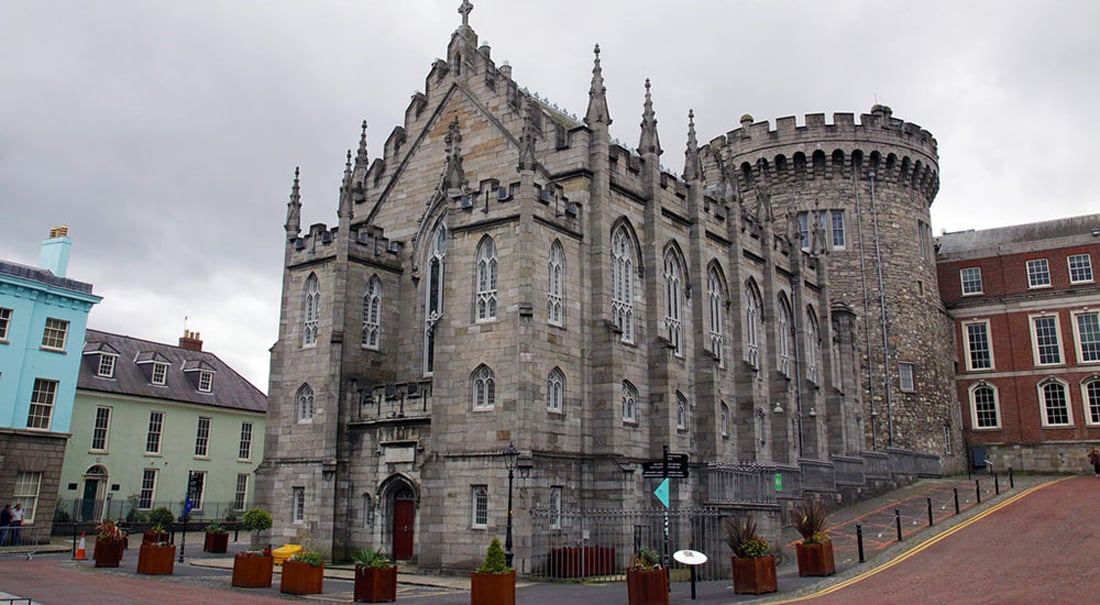
Interesting to know! A special feature of the chapel is the unique stained glass windows and galleries, which depict many rulers of Ireland.
Castle Gardens
Dublin Castle is decorated with beautiful green gardens, the creation of which has not stopped since the beginning of the 17th century. They are located to the south of the royal chapel and State apartments, surrounded on all sides by stone walls. Behind the main and largest garden are 4 smaller ones – they are called “Four Seasons”. Each of them has unusual sculptures of people whose mark has remained forever in the history of Ireland.
In memory! One of the gardens is a memorial-the names of all Irish police officers who died in the line of duty are recorded here.
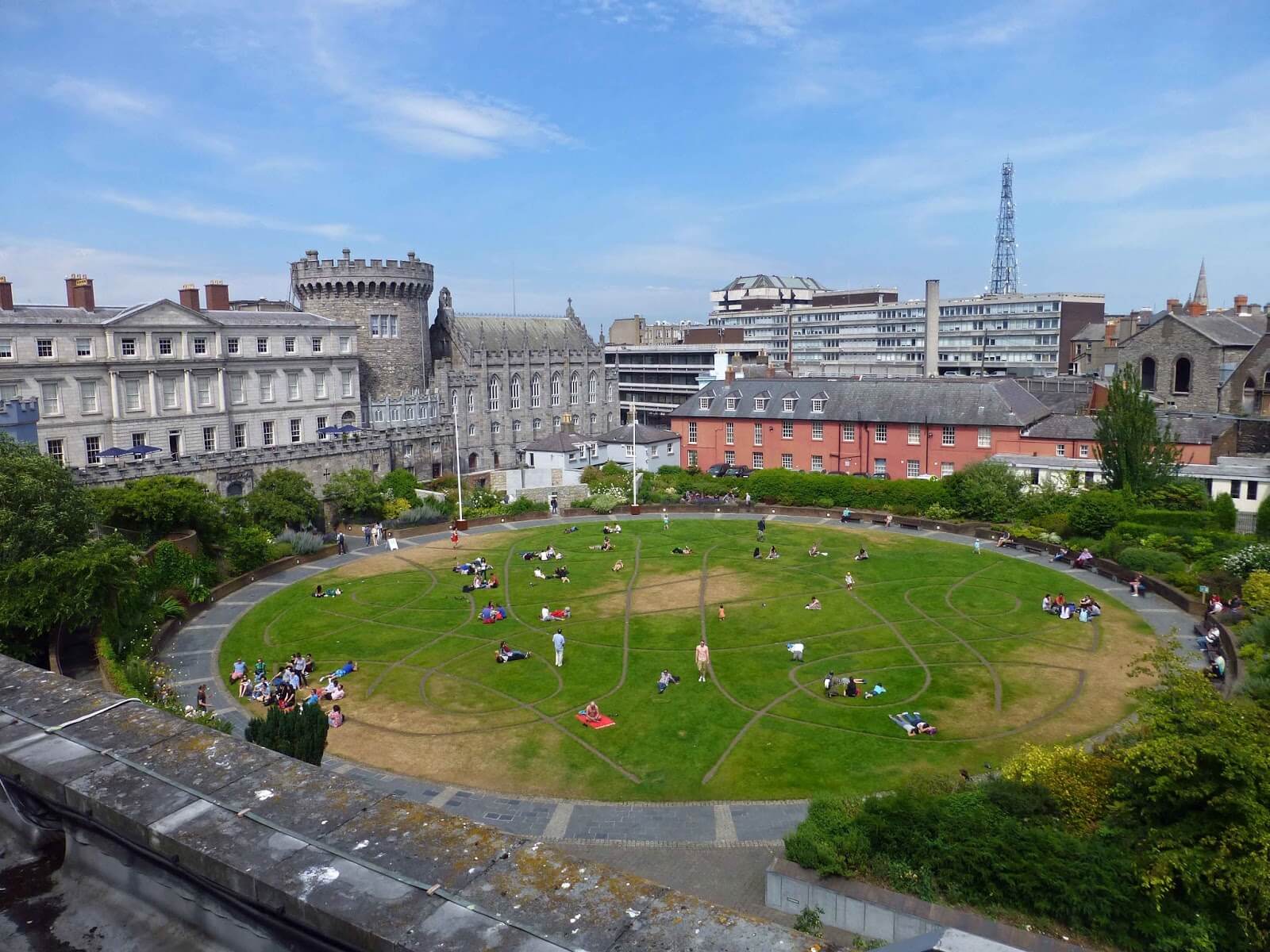
Central to the gardens of Dublin Castle is a grassy ravine with sea serpent patterns – a place where a Viking trading and naval base was built more than 1,000 years ago. This garden is called Dubh Linn Garden, and it is thanks to it that modern Dublin got its name.
Practical information
Dublin Castle is open daily from 9: 45 to 17: 45. Please note that it is only open until 17:15. You can choose one of two session options:
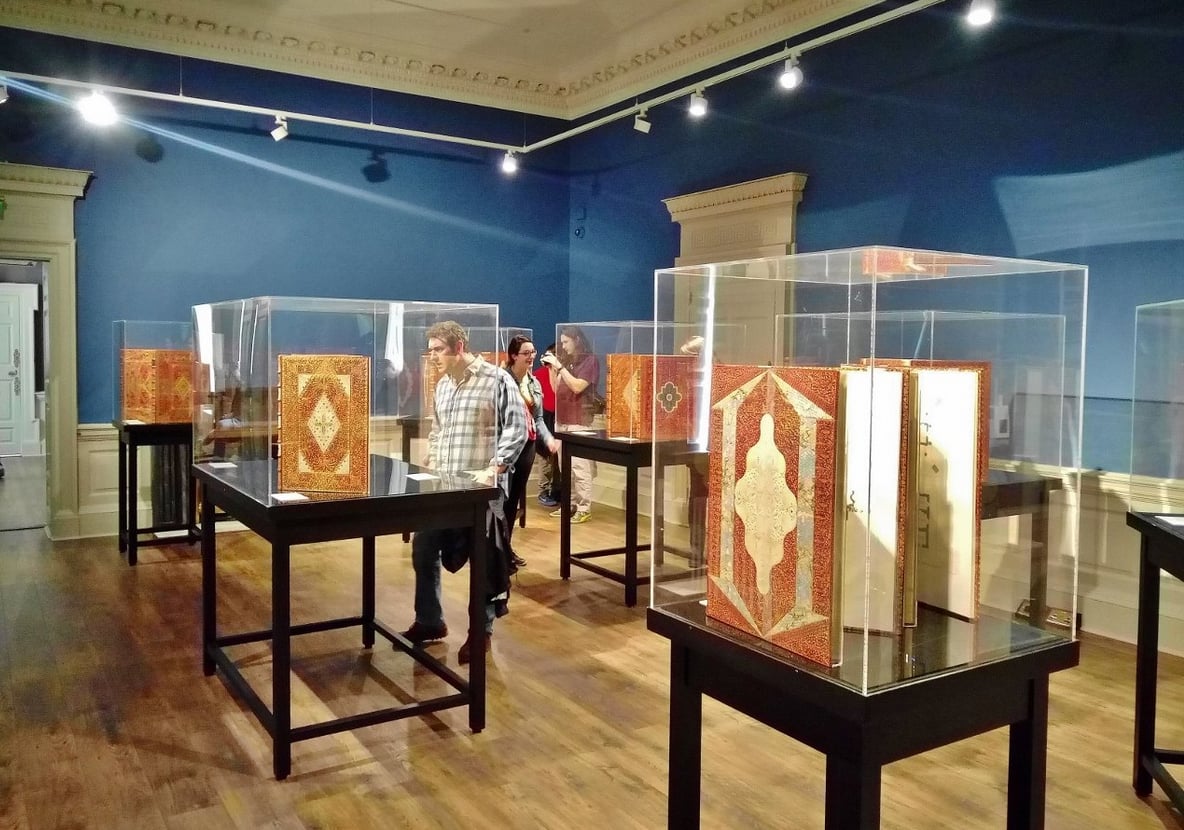
- Guided tour. It lasts 70 minutes and includes visits to the state apartments, the royal chapel and the dungeon. It costs 12 € for adults, 10 € for students and pensioners, 5 € for children aged 12-17. You can only pay for the guide’s services at the ticket office at the castle.
- Self-guided walk. Tourists can only visit open exhibitions and state apartments. Admission costs 8 € for adults, 6 € for seniors (60+) and students, and 4 € for children aged 12-17. Tickets can be purchased at the ticket office or online on the website.
Official website of Dublin Castle — www.dublincastle.ie.
Important! The Royal Gardens and the library are open to all comers, they are not included in the list of paid attractions of the complex.
The castle is located at Dame St Dublin 2. The numbers of suitable buses and trams can be found in the corresponding section on the castle’s website.
Useful to know
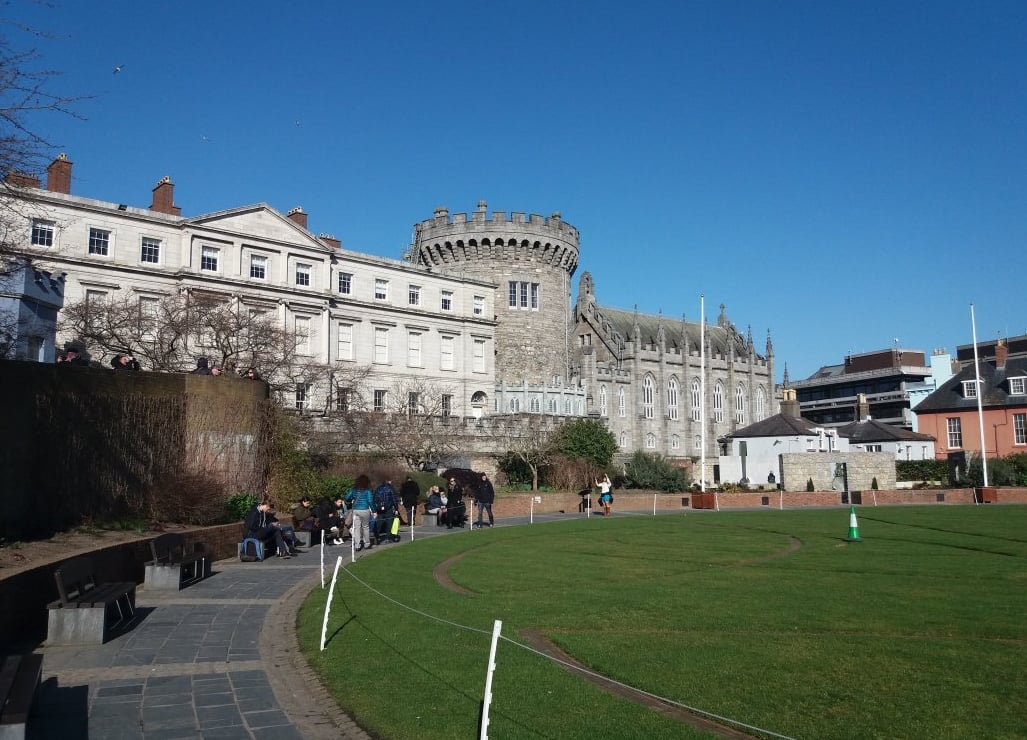
- If you are going to Dublin Castle with a large group, buy a family ticket. It costs € 27 for a guided tour or € 20 for admission for two adults and five children under 18 years of age.;
- On-site facilities include luggage storage, a gift kiosk, a small museum and a cafe. If you come with your own food, go straight to the castle gardens – there are many benches and several tables;
- At the checkout, you can request a free brochure in Russian with basic information about Dublin Castle.;
- If you are going on a self-guiding tour, download the Dublin Castle App in advance with a detailed audio guide to state apartments.
Dublin Castle – a must see in Ireland. Experience the atmosphere of the Middle Ages! Have a good trip!

